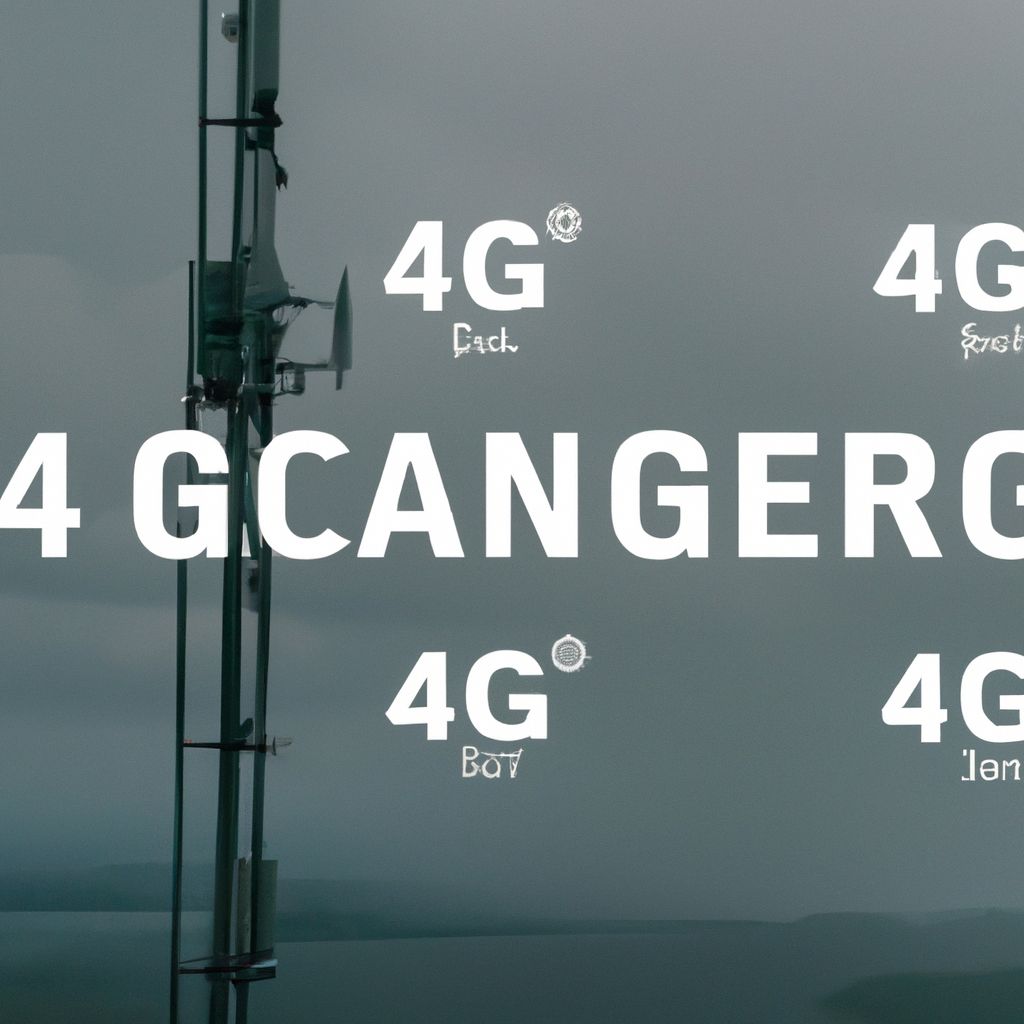A 4G network is a mobile data network that provides high-speed broadband internet connectivity to mobile devices, such as smartphones, tablets, and laptops. It is a faster and more reliable version of the previous 3G network, with data transmission speeds averaging between 5 and 12 Mbps, and up to 100 Mbps in some cases. In this article, we will discuss how a 4G network works, including its underlying network technology, data transmission, network coverage, and LTE network.
Network Technology

A 4G network is a wireless network that uses radio waves to transmit data between mobile devices and network towers. It operates on the same principles as a cellular network, with mobile devices connecting to the nearest tower to access the network. However, unlike 3G networks, 4G networks use advanced network technology, such as Long-Term Evolution (LTE), to deliver faster and more reliable internet connectivity.
Data Transmission
The data transmission process in a 4G network is more efficient than in previous networks. It uses advanced modulation techniques to carry more data over the same radio waves, resulting in faster internet speeds. In addition, 4G networks use multiple antennas, known as MIMO (Multiple Input Multiple Output), to send and receive data simultaneously, further improving data transmission speeds.
LTE Network
LTE is a type of 4G network technology that provides high-speed broadband internet connectivity to mobile devices. It uses a packet-switched network architecture, which means that data is broken down into smaller packets and transmitted over the network as needed. This allows for faster and more efficient data transmission, as well as better network performance.
Network Coverage
4G network coverage is becoming more widespread, with many countries around the world now offering 4G connectivity. However, network coverage can still vary depending on the location and network provider. In urban areas, 4G network coverage is generally good, with many network towers providing coverage to densely populated areas. However, in rural areas, network coverage can be more limited, with fewer network towers and a greater distance between them.
Conclusion
In conclusion, a 4G network is a mobile data network that provides high-speed broadband internet connectivity to mobile devices. It uses advanced network technology, such as LTE, to deliver faster and more reliable internet speeds. The data transmission process in a 4G network is more efficient than in previous networks, and network coverage is becoming more widespread. If you are looking for fast and reliable internet connectivity on the go, a 4G network is an excellent choice.






